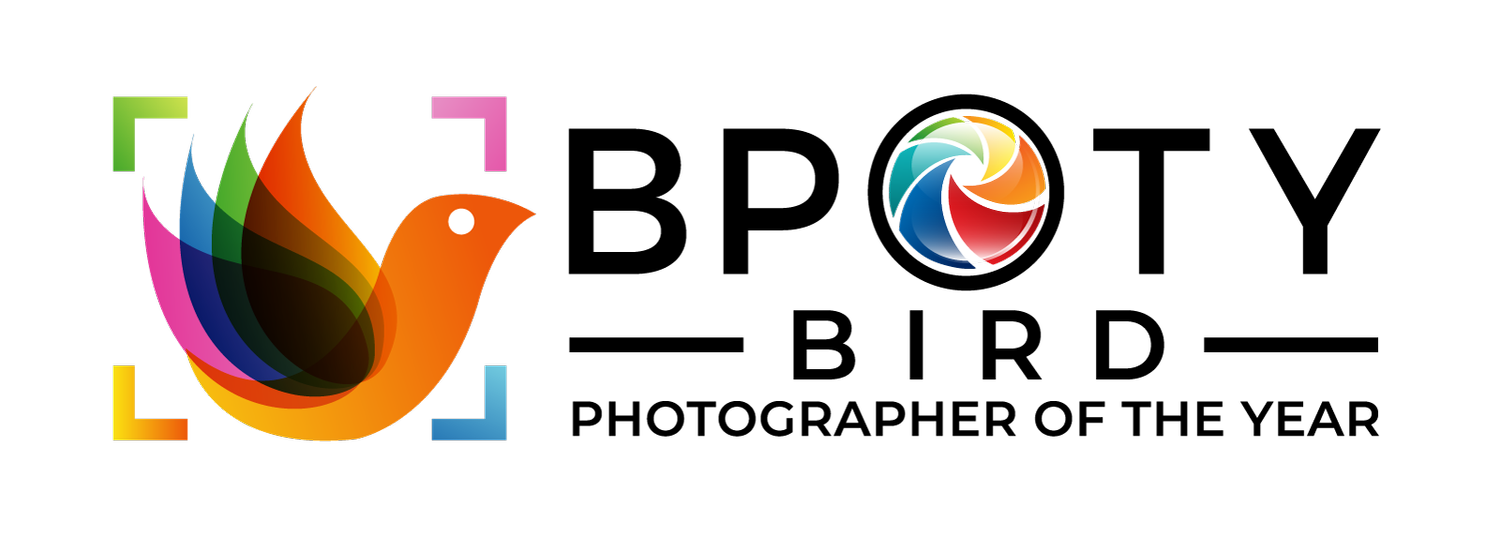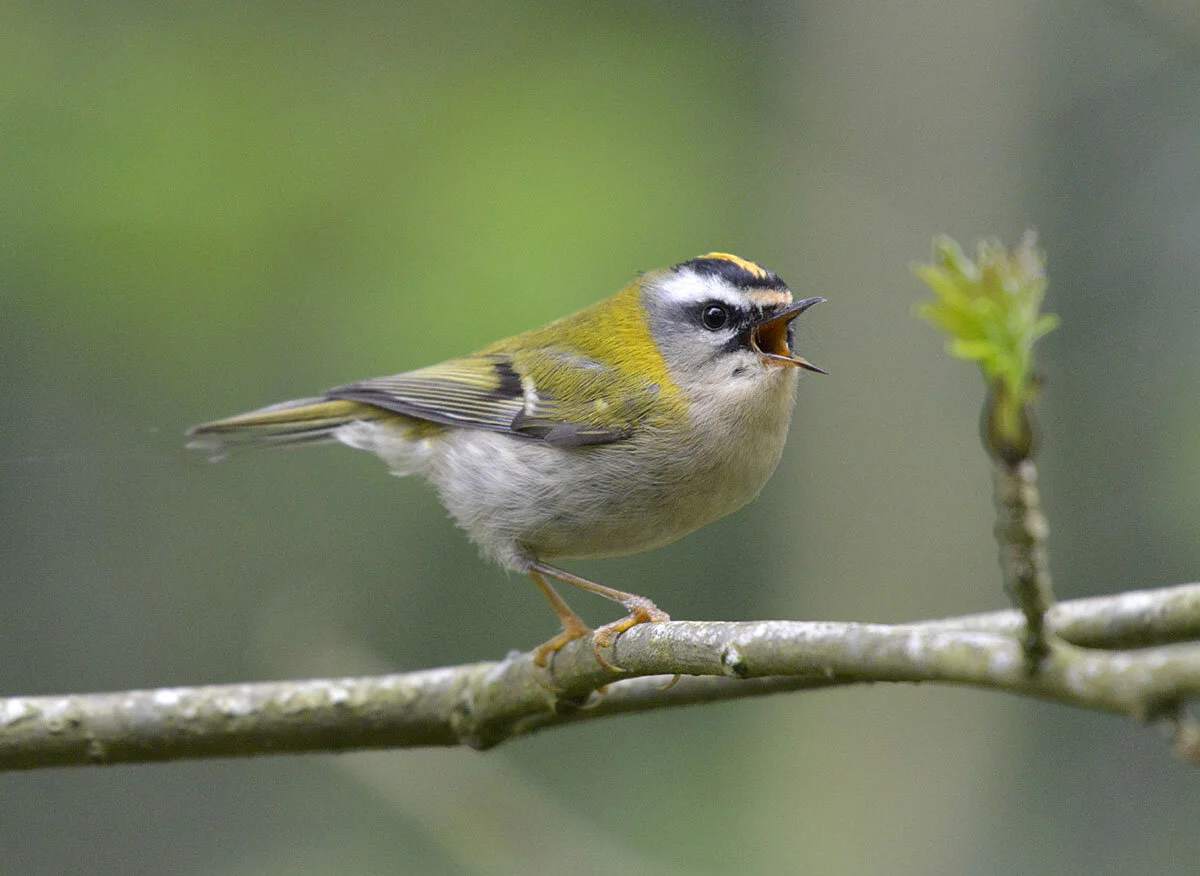Digital manipulation – where to draw the line?
Modern digital technology has undoubtedly made the process of image manipulation quicker, easier and more accessible, but the manipulation of photographs has been going on since photography was invented. When Photoshop and other digital manipulation software first made an appearance, their tools were based on traditional film darkroom techniques such as dodging and burning – names that remain associated with the equivalent modern digital tools today. Removing and adding elements, masking certain areas of an image and sandwiching two images together; these are all techniques that were the advent of the film era.
Many see the manipulation of their digital files as part of the photography process, and I would certainly place myself in that category. For me, the capture of the image is just the beginning – the foundation block of the final construction. The editing out of distracting elements, masking areas to emphasise certain features, cropping a more pleasing composition are all things that I do regularly.
This Grey Heron was photographed as the sun rose above the treeline on the opposite bank of the lake. By using masks and layers it was possible to emphasise the spotlight effect on the bird, creating an image with more impact. A closer crop was also applied. The original camera file is shown below.
The original camera file - a more literal image perhaps but the purpose of the post-processing applied was to create a more ‘arty’ feel.
This is not to say that I take average images and create what I want simply through mastery of digital software. I strive to capture the best camera files I can as I want to start with a quality image in the first place. Build your house on shallow foundations and cracks will soon appear.
However, there is popular opinion that for a photograph to be worthy of any merit, the end result has to be created entirely in-camera. This purist approach forms the basis of the rules for many photographic competitions; any deviation from this principle is generally frowned upon. Bird Photographer of the Year is no exception to this, the over-use of manipulation software is prohibited in all but one of the competition categories. But does this stem from disdain for any form of post-processing, or the fear of complete deception?
This image of a singing Firecrest has had a rather distracting budding leaf removed on the right side of the image. Acceptable post-processing or unacceptable manipulation? For commercial use this wouldn’t be problematic, but for competition entry it would technically render the image ineligible for most contests.
The original image.
A degree of ‘manipulation’ is evident in the vast majority of photographs entered into BPOTY – post-processing as most people see it. An element of the BPOTY judging process is to assess the level of manipulation undertaken to each of the images being considered for an award. A wholesale ban on its use is unworkable and arguably unnecessary. Nevertheless, it remains difficult to measure. Is the removal of that distracting twig breaking the rules? Is masking a bird within the frame and saturating it selectively to emphasise its natural vibrancy cheating? In the right hands, these techniques have the potential to enhance the photograph, but where do we draw the distinction between acceptable manipulation (post-processing) and its overuse (deception)? A difficult conundrum that we continue to debate.
Rob Read - March 2020.




